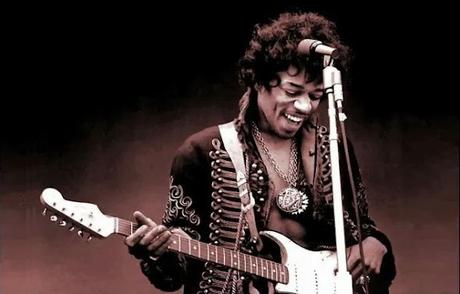
James, Earl of Moray
So, it is a mishearing or misinterpretation of a phrase in a way that gives it a new meaning. Mondegreens are most often created by a person listening to a poem or a song; the listener, being unable to hear a lyric clearly, substitutes words that sound similar and make some kind of sense.Just think about how we hear and understand all the noises we are hearing at any one time. I’ve just heard a car go by, some people are talking quietly as they pass my front door, there is a slight hum of traffic in the distance. Those noises are sound waves entering my ear and into the auditory cortex of my brain. There the sounds, which are just noise at the time, are separated into sounds that are meaningful to me. That sound of the car is not the sound of a bird. Considering all the information that is being processed at any one time it is truly amazing that we can make sense of the world.However, very occasionally we can be misled by the context, the simplest cases occur when we just mishear something: it’s noisy, and we lack the visual cues to help us out (this can happen on the phone, on the radio, across cubicles, basically anytime we can’t see the mouth of the speaker).One of the reasons we often mishear song lyrics is that there’s a lot of noise to get through, and we usually can’t see the musicians’ faces. Other times, the misperceptions come from the nature of the speech itself, for example when someone speaks in an unfamiliar accent or when the usual structure of stresses and inflections changes, as it does in a poem or a song. What should be clear becomes ambiguous, and the brain must do its best to resolve the ambiguity and choose the meaning that makes the most sense.When I was looking up examples that resonated with me these two sprang out:“There's a bathroom on the right" for "There's a bad moon on the rise" in 'Bad Moon Rising' by Creedence Clearwater Revival and “'Scuse me while I kiss this guy" for the Jimi Hendrix lyric "'Scuse me while I kiss the sky" in 'Purple Haze'.

Jimi Hendrix
Mondegreens aren’t limited to modern music. One of the more common ones is hearing “Gladly the cross-eyed bear” for the line “Gladly the cross I’d bear” in the hymn 'Keep Thou My Way'. In fact our brains are exceptional creators of logical meaning, even when it’s not quite the intended one. Some mondegreens are so plausible that they can become the real thing. “Spitting image” was once a mondegreen, a mishearing and improper syllabic split of “spit and image.” (Spit is another term for likeness.) When you eat an orange, you’re actually consuming “a naranj” (from Persian and Sanskrit). Your nickname is, historically speaking “an ekename,” or an additional name.To repeat what I’ve said above, mondegreens are funny, give us insight into the underlying nature of linguistic processing and how our minds make meaning out of sound. It comes naturally, easily, effortlessly at which point we can consider the problems of speech-recognition software, which, despite recent improvements, still usually generate a mix and muddle of whatever a user was trying to say.Some of the above is from an article by Maria Konnikova in The New Yorker.As Mondegreens are an audio effect, it is hopeless to find a visual equivalent so I’m reproducing the poem that Sylvia Wright heard:
Ye Hielan’s and ye Lawlan’s,
O, whaure hae ye been?
They hae ta’en the Earl o’ Murray
And laid him on the green.
He was a braw callant
And he played at the ring,
And the bonnie Earl o’ Murray
He might hae been a king.
O, lang will his ladie
Look frae the castle doon,
Ere the bonnie Earl o’ Murray
Comed soondin’ through the toon.
O, wae betide ye Huntly
And whaurfore did ye sae?
I bade ye bring him tae me
And forbade ye him to slay.
He was a braw callant
And he played at the ba’,
And the bonnie Earl o’ Murray
Was the flooer amang them a’. (author unknown, 17th century)

Thanks for reading, Terry Q.
Email ThisBlogThis!Share to XShare to Facebook
